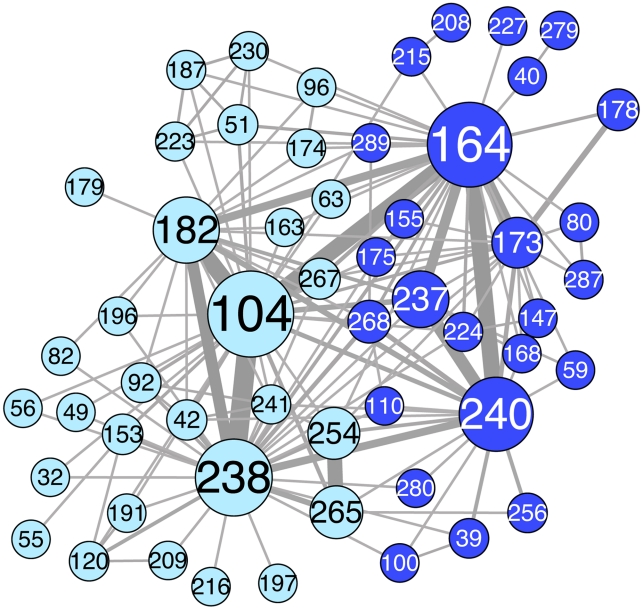Figure 2. The TEM extended-spectrum community network and its two subcommunities.
The network was constructed in the same way as Figure 1, but here we only used sequences associated with extended-spectrum antibiotic resistance. We identified two large subcommunities, the first containing the active-site residue 238 (light-blue), and the second containing the active-site residue 164 (dark-blue). Node size is proportional to how well connected a node is to its neighbors and how many neighbors it has (weighted degree centrality, Methods). Link thickness indicates how frequently two residues (nodes) are mutated in the same sequence, normalized by the number of sequences in which only one or the other position is mutated (Methods). Image created with CytoScape [78].

